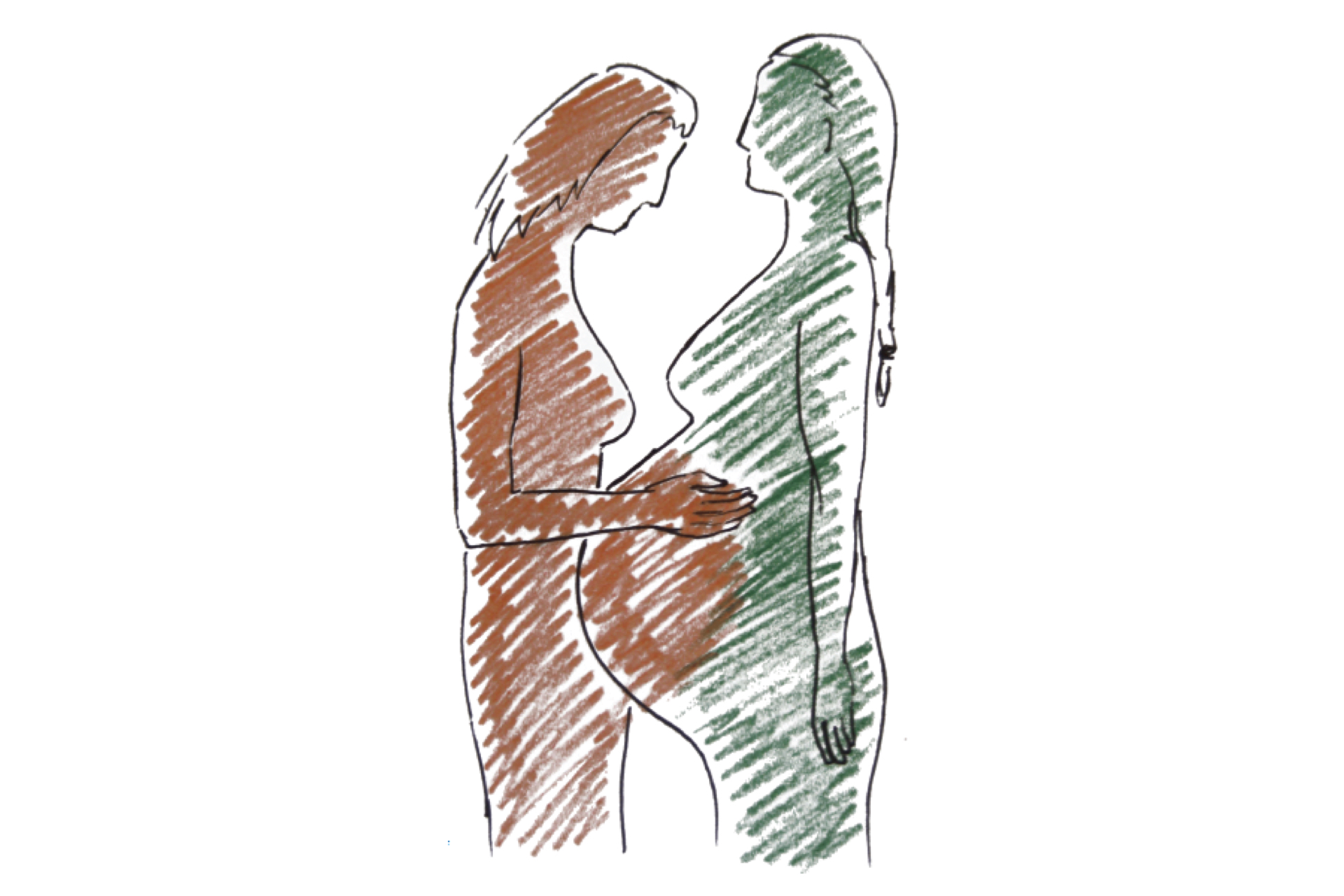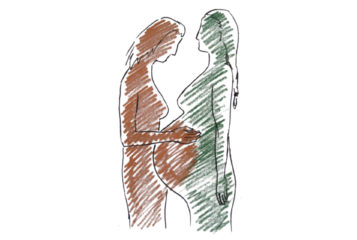Children born with the help of sperm or egg donation or via surrogacy are well-adjusted at the age of ten, a study says.
Surrogate-born children demonstrated slightly higher levels of adjustment difficulties at seven years old, although they remained well within normal limits for that age.
The authors suggest that 'the absence of a gestational connection to the mother may be more problematic for children than the absence of a genetic link'.
The study was led by Professor Susan Golombok, director of the Centre for Family Research at the University of Cambridge. Her team followed 30 families who used surrogacy, 31 egg donation families, 35 donor insemination families and 53 families who conceived naturally to assess the effects of reproductive donation on children's emotional wellbeing.
The researchers looked at how the children behaved at three, seven, and ten years old, as assessed by their mothers and teachers. At all ages, children born with the help of reproductive donation showed adjustment levels in the normal range.
'Signs of adjustment problems could be behaviour problems, such as aggressive or antisocial behaviour, or emotional problems, such as anxiety or depression', Professor Golombok told NBC Today.
Such problems can arise in some adopted children, and Professor Golombok wanted to assess children born through reproductive donation as these children also miss a gestational or genetic link to their parents.
At seven years old, the children born with the help of a surrogate showed slightly higher levels of adjustment difficulties. All 30 surrogate-born children had been told about their origins by this age, compared to only one in three of the donor-conceived children. Those children who had been told by age seven showed slightly elevated adjustment difficulties, an unexpected finding.
But the results are not definitive; each of the four study groups has a relatively small number of children and the differences between groups were not pronounced.
Professor Golombok told NBC Today that her team 'hope to revisit the children next year when they are 14 years old, as issues to do with identity become important in adolescence'.
The research was published in the Journal of Child Psychology and Psychiatry.
Sources and References
-
Surrogate-born children are more likely to suffer depression than those carried by their real mother
-
New study tracks emotional health of 'surrogate kids'
-
Surrogate children More Likely to Suffer Emotional Difficulties: Study
-
Children born through reproductive donation: a longitudinal study of psychological adjustment






Leave a Reply
You must be logged in to post a comment.